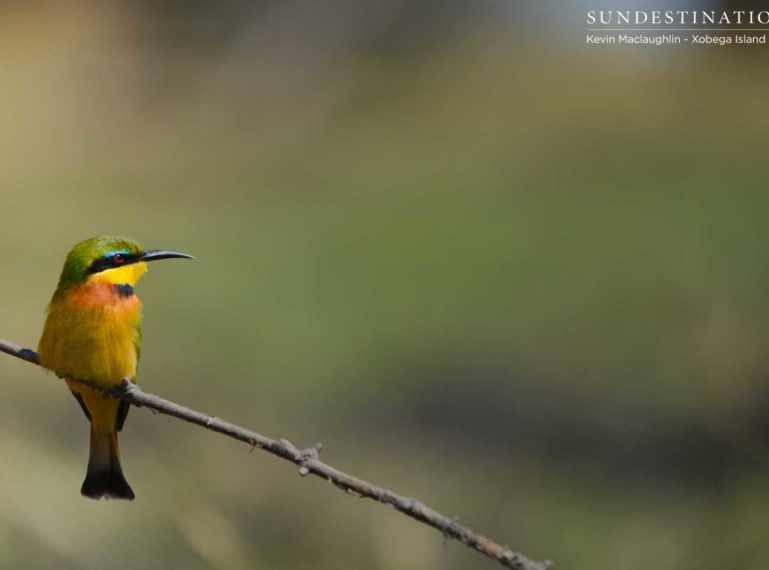
Botswana has developed an international reputation as one of the world’s finest birding destinations over the years, and for very good reason. The Okavango Delta is a big part of this, with over four hundred of Botswana’s nearly six hundred species occurring here. This is a bird-watching paradise for beginners, enthusiasts and experts alike.
During your stay at Xobega Island Camp, you’ll spend a lot of time exploring the meandering waterways in and around the Gcobega Lagoons which encircle the island, all set about with an extraordinary array of plant and wildlife species. While you’re at it, you’ll be constantly surrounded by hundreds of birds, including a few very special ones known in the birding community as “lifers” (a once in a lifetime sighting). Here’s what to expect:
If you’re lucky enough – and keep your eyes peeled – you might just get the chance to see a Pel’s Fishing Owl. These nocturnal fishing owls are very large – they are the fifth-heaviest in the world in fact. They also have very beautiful red-brown plumage and gorgeous large black eyes. They’re most frequently seen on the wing at night, but if you’re very lucky indeed you might chance upon one roosting during the day.
Other extra-special sightings in this part of the world include the Black Coucal, unique for its dark colouring and the fact that the males and females reverse typical gender roles: males protect the nest and tend to the young, while females move around their territories, producing offspring with several different partners (this is known as polyandry).
Perhaps the most special bird you could see while out on the water is the Pink Throated Longclaw, named for the striking rosy-pink colouring around its neck. This bird is extremely elusive, and usually confines itself to areas thickly overgrown with reed beds and papyrus so that often the only way to see one is to flush it out (and you have to know it’s there first).
The final three “lifers” you could spot around Xobega Island Camp are the African Skimmer, the Wattled Crane, and the African Finfoot. All three of these are not only beautiful, but extraordinarily difficult to find. The Okavango holds some of the Wattled Cranes’ last remaining breeding sanctuaries, too, which adds a little weight to any wild encounter with this bird.
African Skimmers are named for their habit of flying just above the water’s surface, submerging the tip of the lower part of their beak as they feed on the wing. These birds make for spectacular in-flight photographs, and are one of the extra-special species that you’re actually quite likely to see, particularly during early morning or evening excursions.
African Finfoot are a very odd species of bird. Half duck, half cormorant, this shy, strange-looking water-bird keeps to the overgrown edges of waterways and lagoons, often vanishing into the undergrowth if they risk being spotted. Of course you might be lucky enough to see one clamber out of the water, in which case you’ll get to see its bright red feet – the distinguishing characteristic of this peculiar animal.
Aside from these “lifers”, the area around Xobega Island Camp is home to a prismatic array of bird species, from spectacularly graceful acrobats like the Bee-eaters (look out for the Carmines!), to Kingfishers large and small, to Sunbirds, Lapwings, Rollers, Spoonbills and Turacos. You’ll see majestic Goliath Herons perched upon the bank as they stalk their fishy prey, Spoonbills wading in the shallows deftly wielding their improbable beaks, flocks of African Pygmy geese paddling over peaceful stretches of lagoon as vultures move in slow arcs across the sky above.
The Slaty Egret makes its home here too, along with the exquisite Greater Painted Snipe and striking Saddle-billed and Yellow-billed Storks. Visitors to this part of the world have been known to chalk up hundreds of unique sightings in a matter of days, including some of Africa’s rarest and most sought-after birds. And little wonder – the Okavango ecosystem is among the world’s richest and most diverse. The region’s incredible bird-life is one of the things that sets this place apart – and makes it worth a visit.
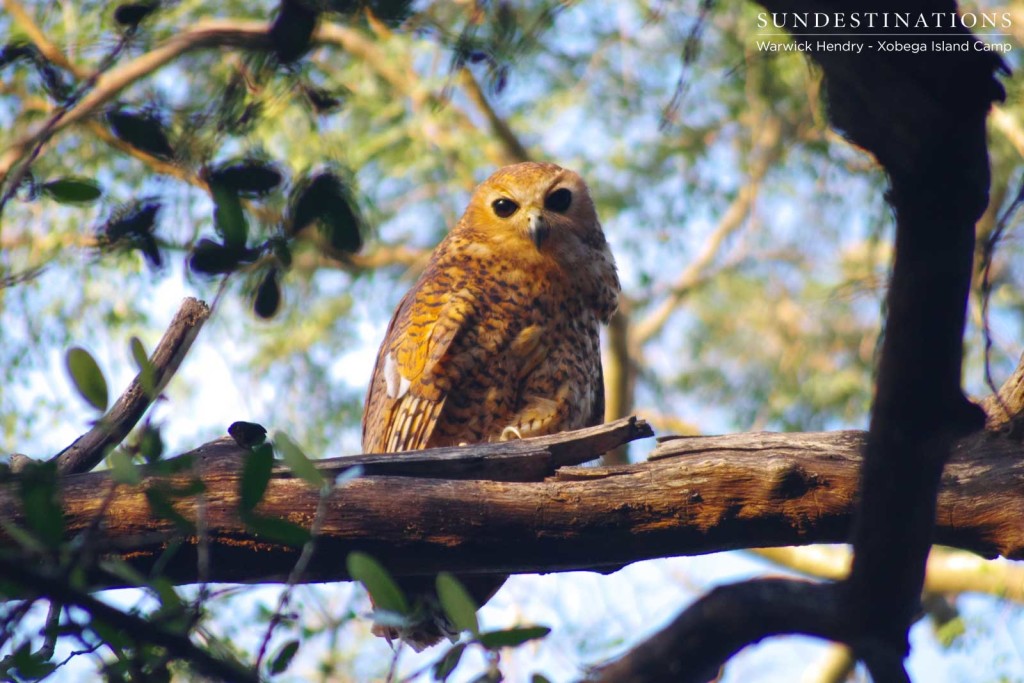
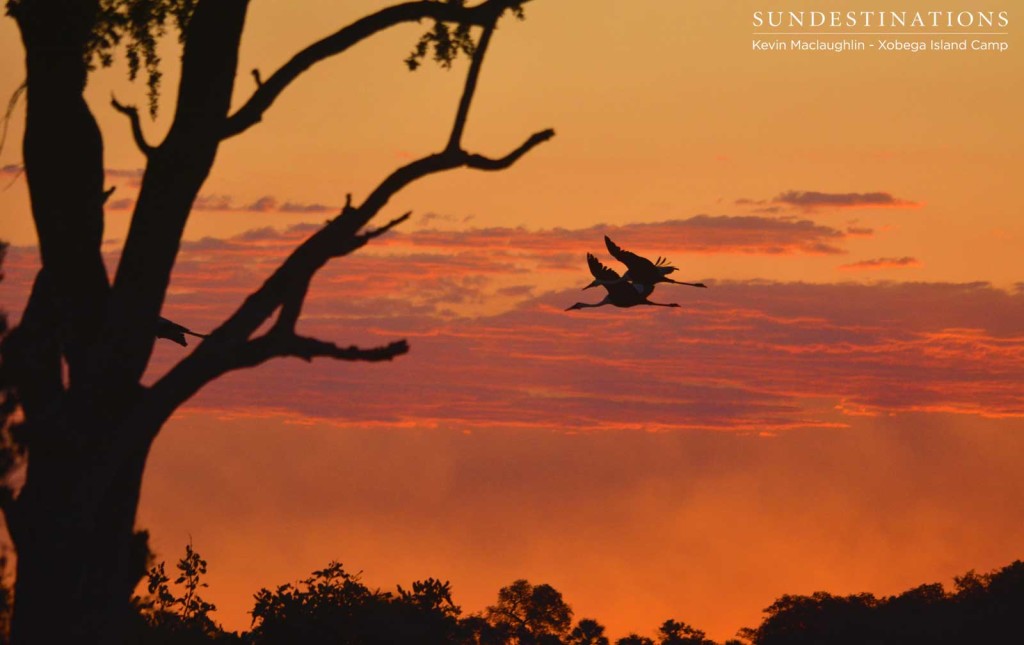
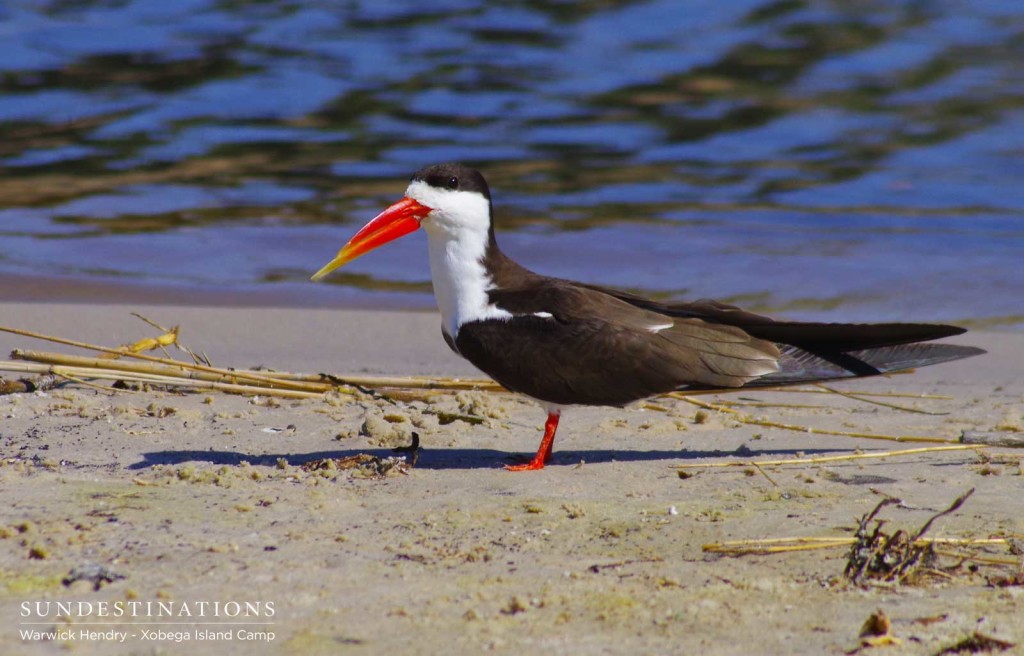
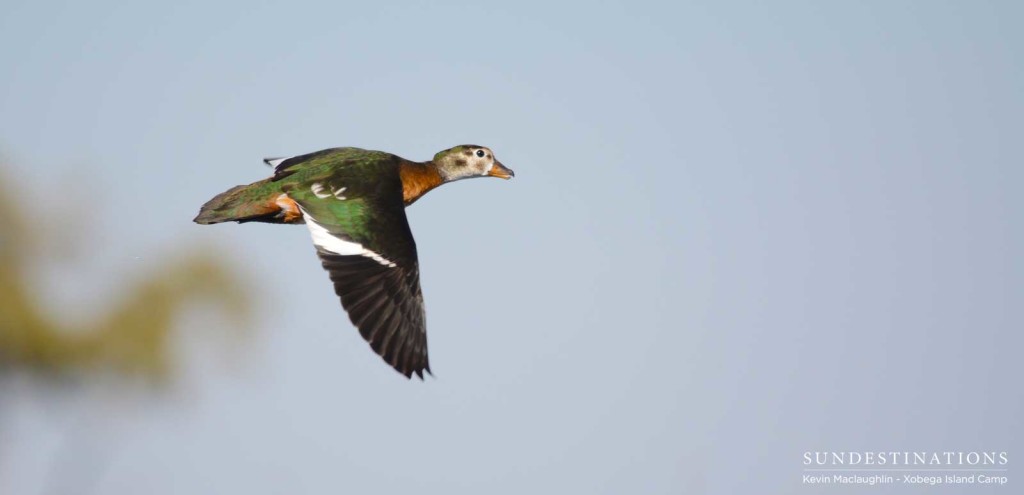
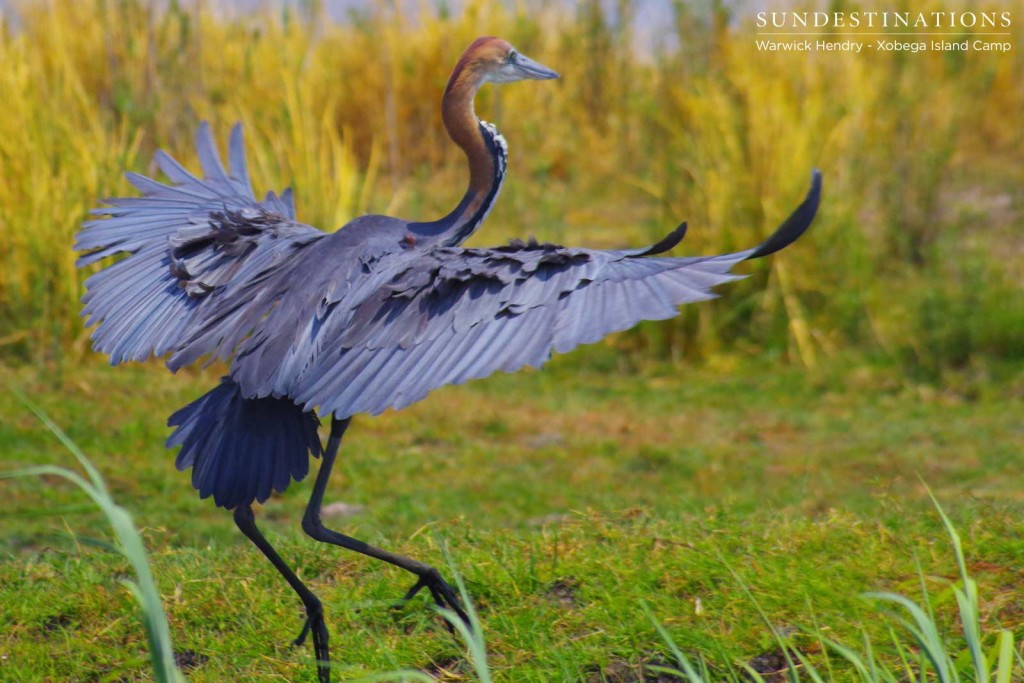
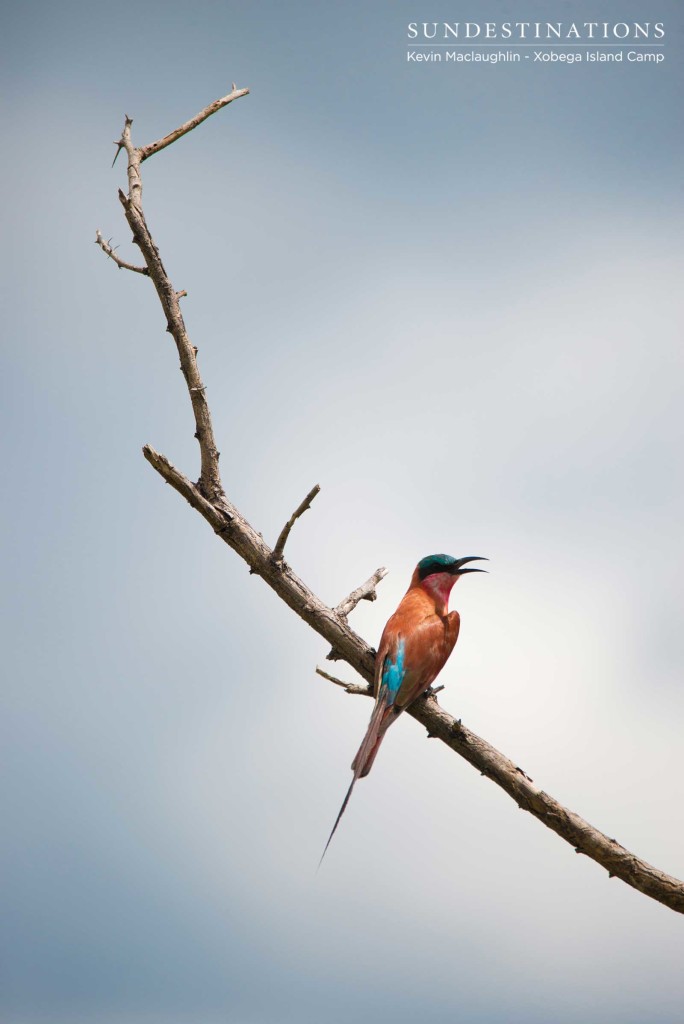
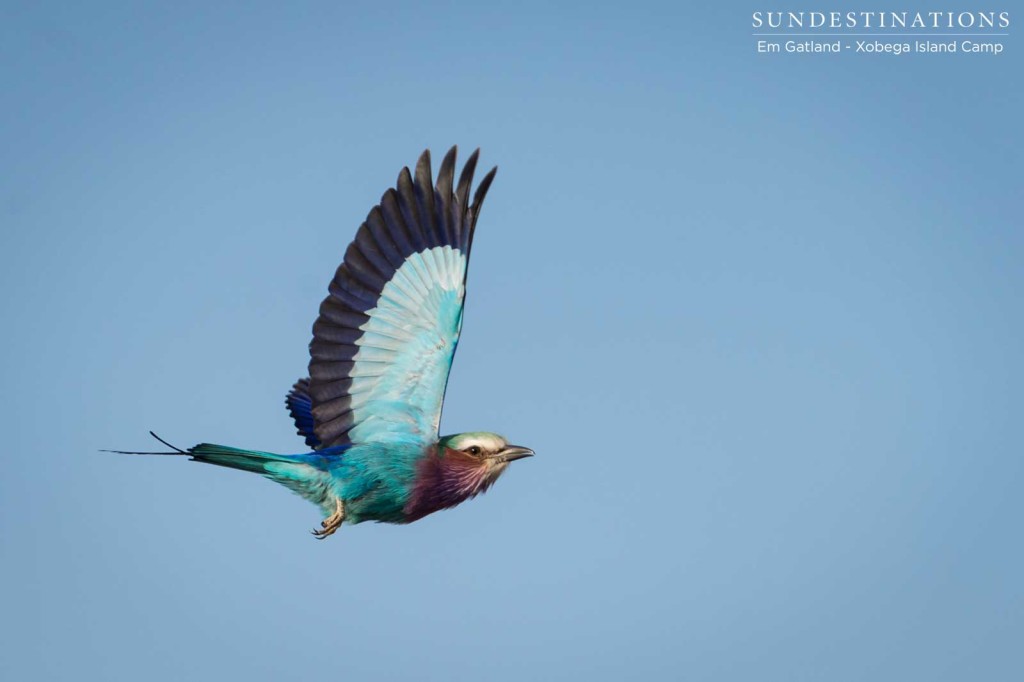
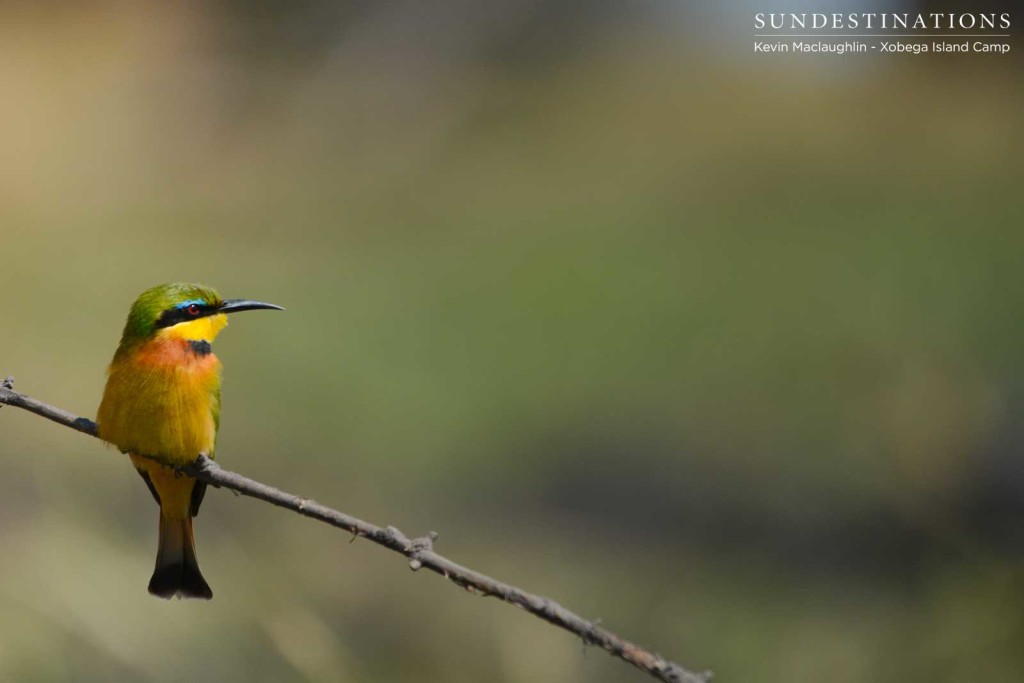
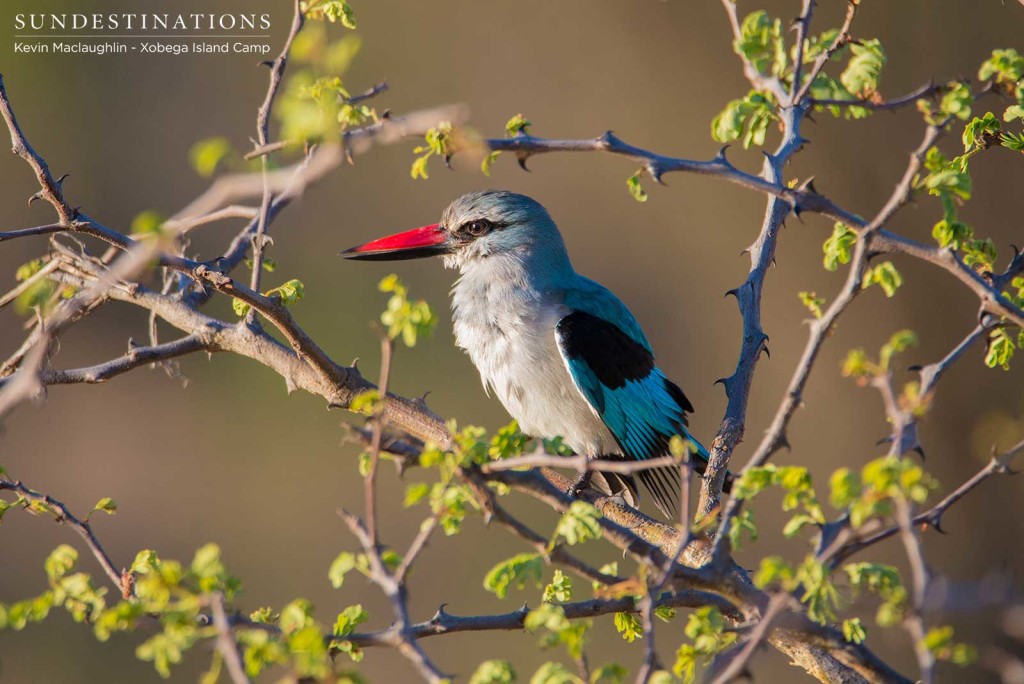
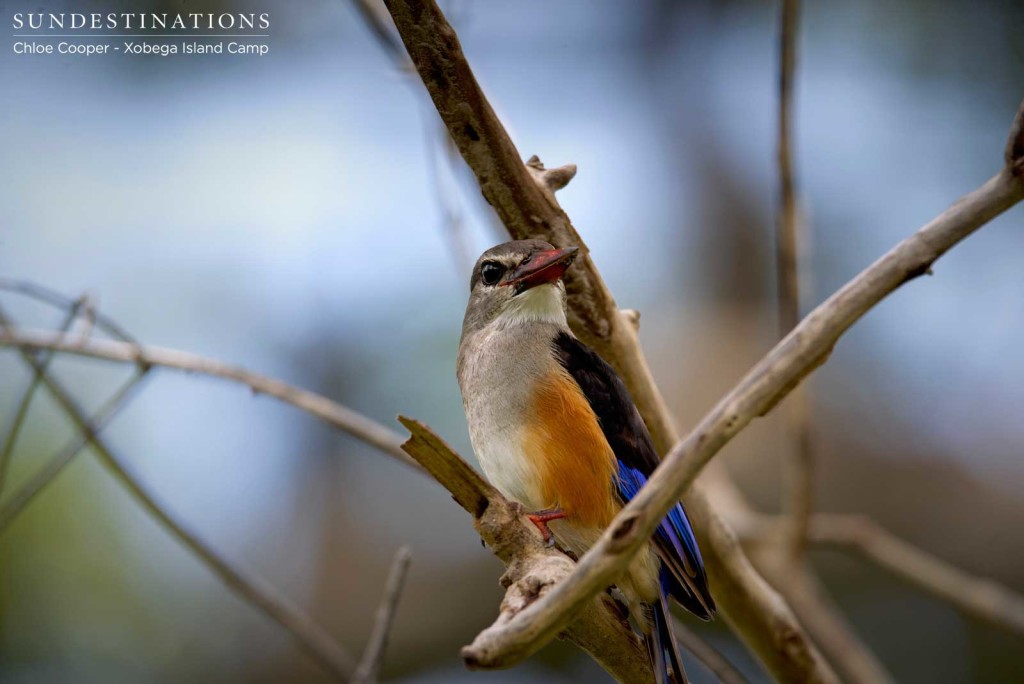
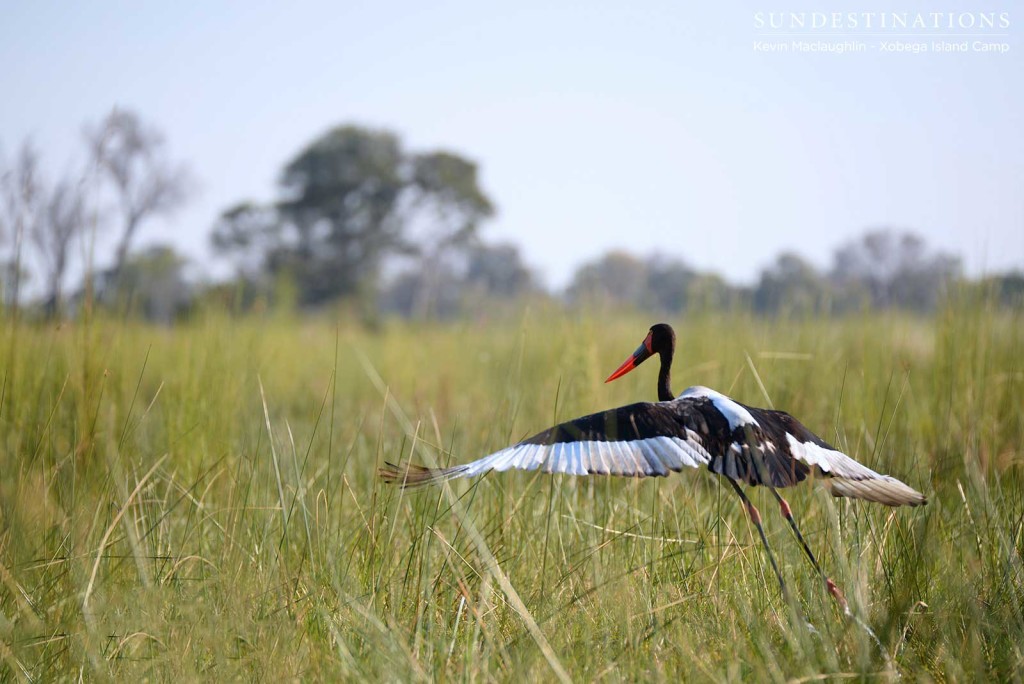
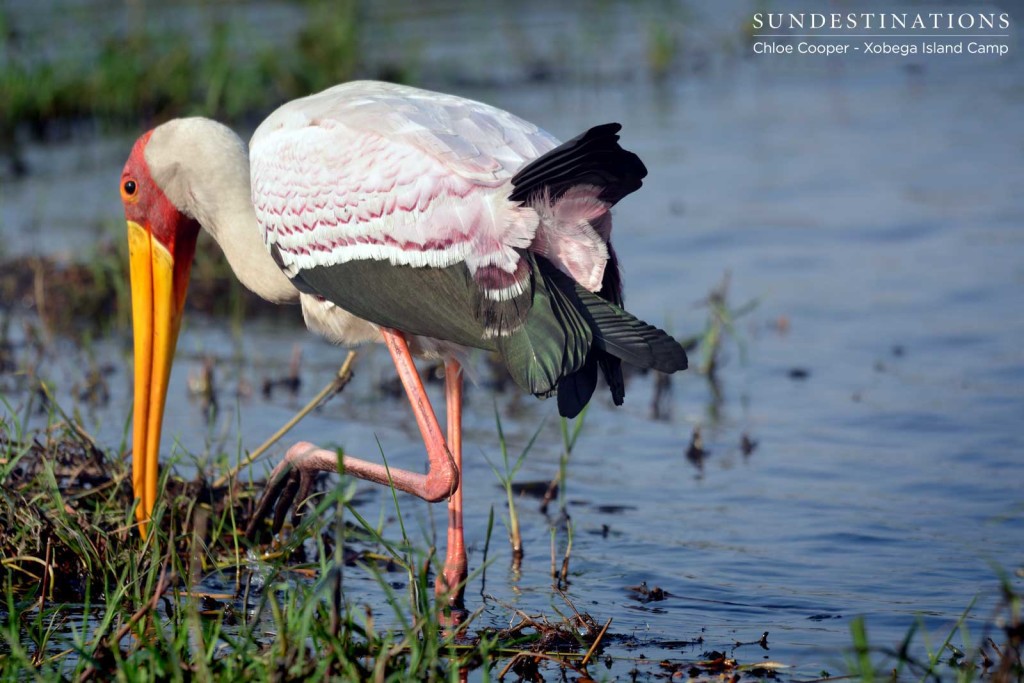
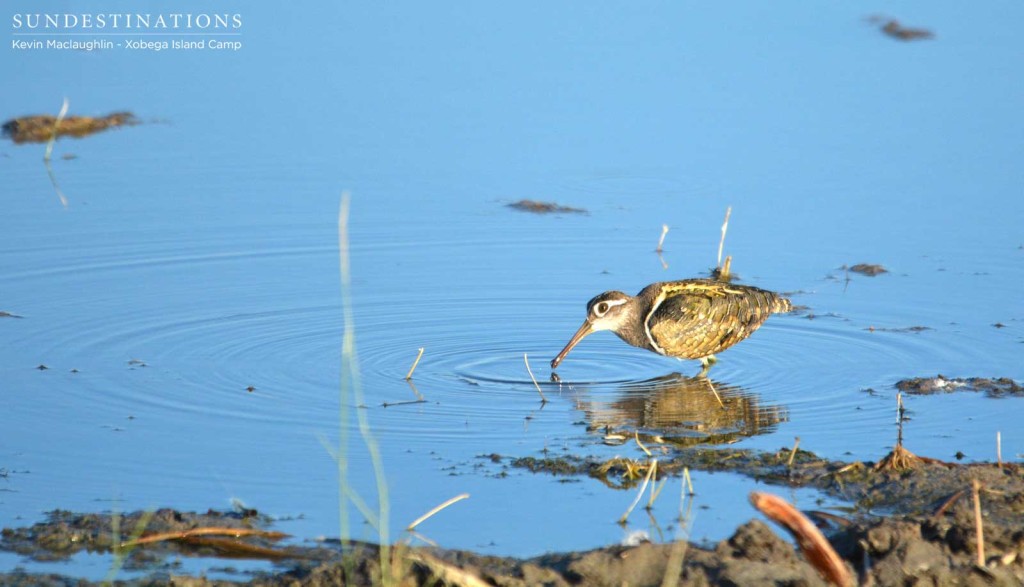
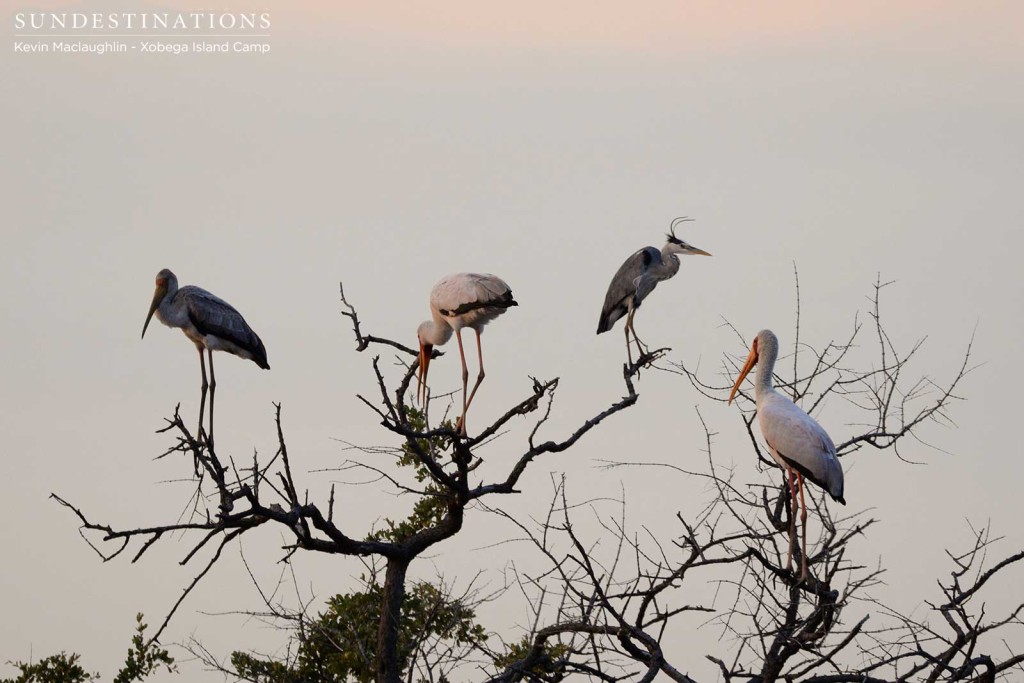
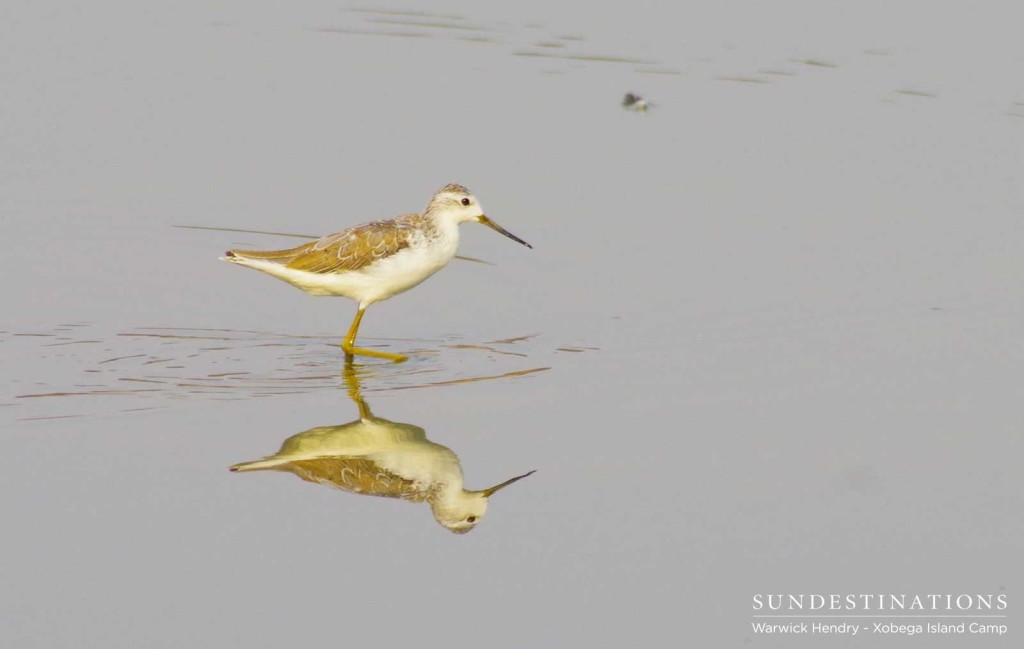
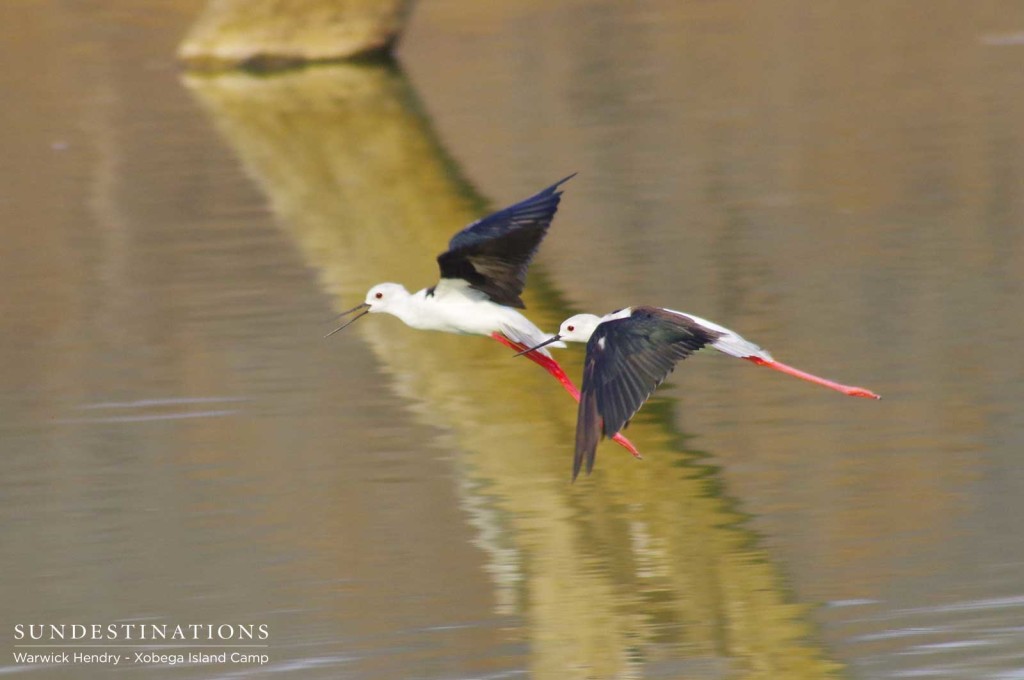
Fiona Gibbons